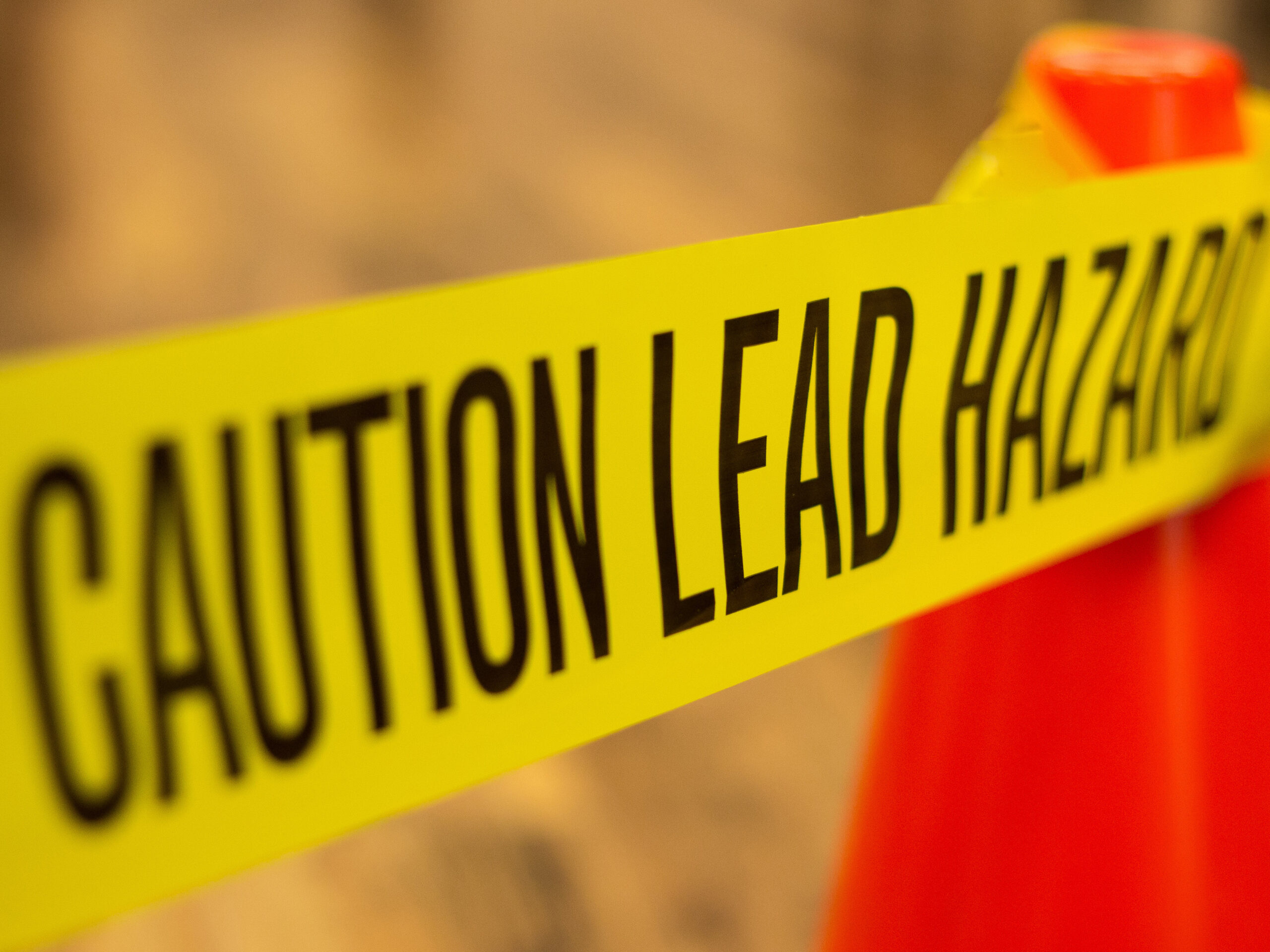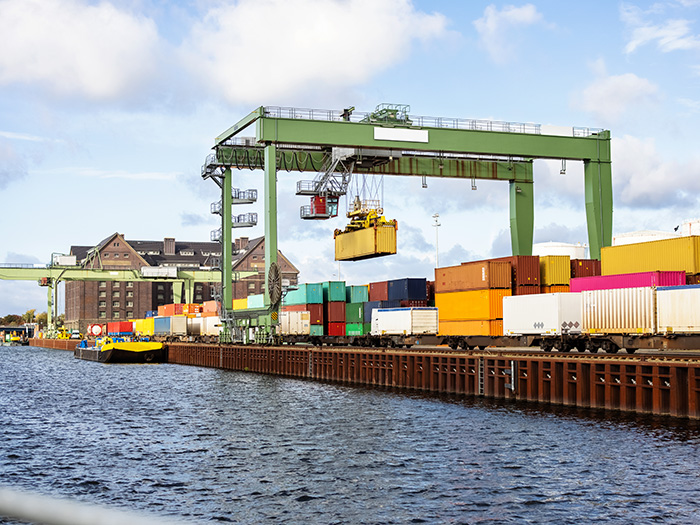How Cyber Risk, Food Insecurity, Social Unrest and Economic Fear Will Color 2021 and Beyond
With 2020 officially “in the books,” focus now shifts to what the year ahead has in store.
With recently developed vaccines for COVID-19 being distributed, there is burgeoning hope of getting the pandemic under control, yet hesitancy and fear still abound regarding what new risks 2021 may bring.
This prior year tested the resiliency of governments, companies, and families alike with a range of complex risks. If one lesson was gleamed from 2020, it was the need for better preparedness and the exposure of vulnerabilities of our global markets leading to disruption. The COVID-19 vaccinations are certainly promising, but they alone will not undo the damage that COVID has caused. As we begin to contemplate our return to normalcy, we cannot discard the pandemic’s lingering impact and the new risks on the horizon.
As we enter the first week of this new year, we can anticipate certain risk categories which will certainly impact recovery efforts, business operations and daily life.
1) Pro-longed Recovery and Economic Strain
As the first phase of COVID-19 vaccinations begin, we are already seeing troubling signs around public trust of new vaccines and potential distribution challenges that may prolong potential containment efforts and stifle more optimistic recovery forecasts.
Access and distribution of vaccines are projected to fall below the target 20 million objective of Operation Warp Speed according to U.S. General Gus Perna.
Lack of public trust is adding hurdles to the distribution efforts while new mutations of the virus are emerging and forcing widespread lockdowns globally. Supply chain and infrastructure complexities, especially in emerging countries that may not be suited for the vaccine’s necessary cold storage requirements, not only hinder the widespread immunization efforts but renders those most vulnerable still at risk.
The impact is multi-pronged, as these countries will see diminished economic output, tourism dollars and other dampened critical economic factors. This type of K-shaped economic recovery, so named for the divergent impact of those who will thrive and those who will suffer simultaneously, will be felt across the globe.
Those at the lower economic spectrum and more marginalized communities will feel the brunt of the impact on earnings, job loss and ability to meet daily living expenses. This already fragile state will be compounded by continued increased extreme weather and natural disasters causing large scale loss and displacing large populations.
This has the potential to create greater instability, raise poverty levels and continue to drive deep societal divides.
2) Rising Polarization of Societies and Geopolitical Tensions
2020 saw extreme societal polarization continue to rise around the globe. This was perhaps most evident in the recently concluded U.S. elections.
Even with President-Elect Biden’s impending inauguration underway, 70 percent of Republican voters still believe the election and its results were illegitimate. This type of distrust in government institutions, (which reached the bursting point with the insurrectionists who stormed the Capitol on Jan. 7) and the democratic process not only impedes its elected leaders’ ability to govern, but it also creates vulnerabilities adversaries can expose.
International relations remain another source of potential concern as once reliable ally relationships are now less certain. Trade and foreign relation disputes, such as between the rising U.S. and China tensions add further economic pressures and instability to the global economy. As economic conditions worsen, already unstable regions will see more antagonistic behavior such as North Korea’s nuclear tests and tense rhetoric between the US and Iran.
While trade and foreign relations have also grown strained as the U.S. and China tensions continue to rise, adding further economic pressures and friction to the global stage. This can be dismissed as “saber rattling”, any escalation could lead to larger scale conflicts, war and other such destabilizing events.
During an already fragile recovery effort, this could have catastrophic events, compounded by the ripple effect on supply chain disruptions and the economic impact around the globe.
3) Global Food Shortages and Increased Poverty
Global food supply chains have been growing more fragile over recent years due to irregular weather patterns and increased severity of extreme weather events devastating crops. COVID-19 further accelerated this crisis, as supply chains were disrupted driving the rise in food prices.
The United Nations (UN) has warned that the world is on the brink of its worst food crisis in at least fifty years. Simultaneously, a recent study by Swiss Re and the World Bank highlights that the middle class is eroding with predictions that by the end of 2021 up to 150 million additional people will fall into extreme poverty, defined as those living on less than $1.90 a day.
If COVID-19 continues to hinder economic growth through 2021, extreme poverty numbers could climb even higher. This trend is cause for alarm as the erosion of the middle class has historically correlated with increased political instability, greater conflicts and democratic backsliding in countries. Both advanced economies and emerging markets are at risk, particularly as more unemployed individuals struggle with high cost of food and goods.
The U.S. has seen more than one in five households experience food insecurity during the pandemic.
4) Cyber, Cyber and More Cyber
Cyber has been a growing risk category for all industries over the last couple of years, even well before the pandemic.
The pandemic has certainly exacerbated the risk and the impact of cyberattacks due to increased remote working environments and sustained rise in number of attacks. The frequency of attacks is projected to continue rising, as is the sophistication and severity of attacks. Ransomware attacks in particular are not only growing but becoming increasingly targeted. Select industries will be most at risk such as hospitals.
A recent report by the cyber security firm Check Point, tracked an increase in ransomware attacks on hospitals of nearly 71 percent from September to October 2020.
Cyber terrorism and espionage from nation state actors is also a new growing threat.
Unlike traditional cyber criminals seeking monetary compensation, the primary objective of these bad actors is to cause maximum damage and disruption. This has led to more critical infrastructure attacks occurring, targeting cities and even government agencies such as the recent attack on more than 250 federal agencies and businesses currently presumed to be at the hands of Russian operatives.
As such, countries are seeking to increase regulatory requirements and penalties for non-compliance. Frameworks like the Department of Defenses (DoD) Cyber Maturity Model Certification (CMMC) are being rolled out across DoD’s supply chain to bolster security. These regulations are becoming more strict and broader in scope to cover new technologies organizations have begun utilizing.
As new technologies continue to emerge, and advances in AI utilization continue, companies will need to evolve the cybersecurity frameworks, cyber insurance adoption and other key mitigation tactics to combat the growing and evolving cyber threat landscape.
Building Back Better
Despite the turbulence of 2020, 2021 should not be viewed as all doom and gloom.
While there are certainly challenges ahead, as is the case when new problems arise, so do new solutions and opportunities. 2020 has taught us to be more resilient, innovative, and agile in how we respond to new threats such as new teleworking technologies, rapid development of vaccines, innovation around socially distant restaurant dining, and alternative food delivery services.
However, the greatest opportunity is to create a revitalized plan for how we can build back better across our infrastructure, supply chains and global partnerships to create a more stabilized world economy supporting greater financial inclusion. In order to accomplish this, and to better absorb the systemic shocks of COVID-like pandemics, agile risk management and risk transfer tools are needed.
Emerging markets are already looking at parametric insurance programs at government levels to expedite economic recoveries from natural disasters and climate risks.
Looking at similar solutions in advanced markets will help defer the economic burden from taxpayers and bypass political gridlock.
If 2020 has taught us anything, it is that risk does not discriminate, it does not care about economic status, race, gender, or nationality. To face the new level of complex risks and uncertainties facing our global markets, more innovative and resilient risk management models are needed in 2021 and beyond. &










